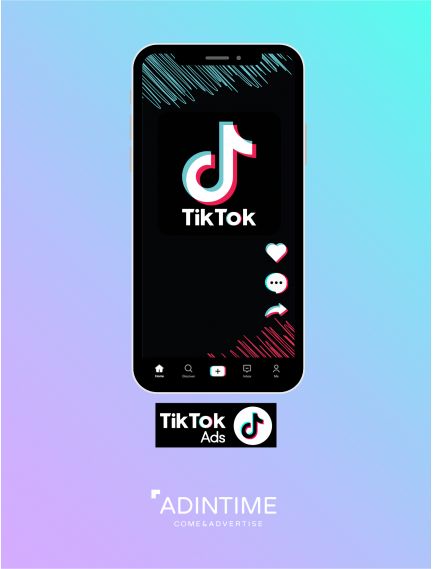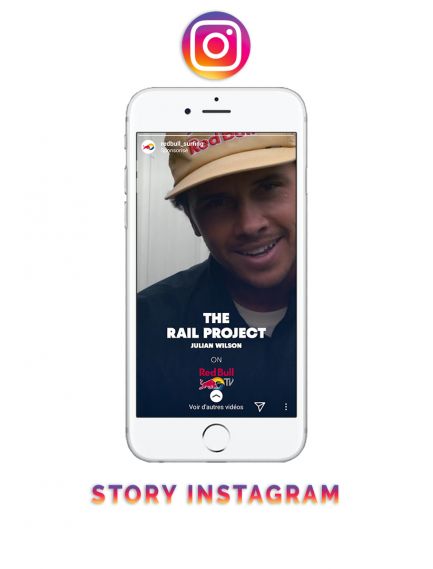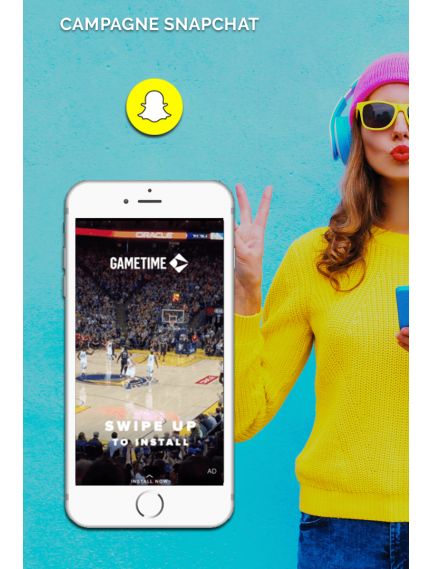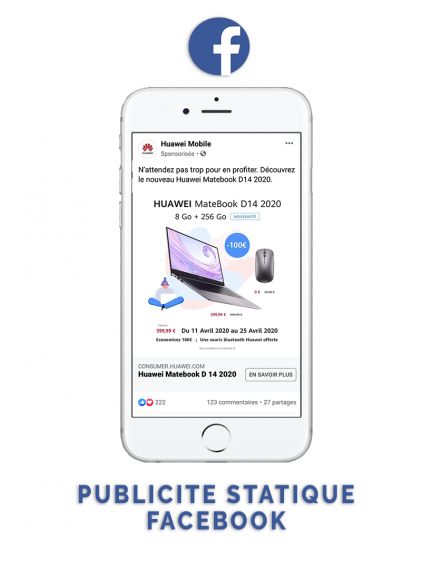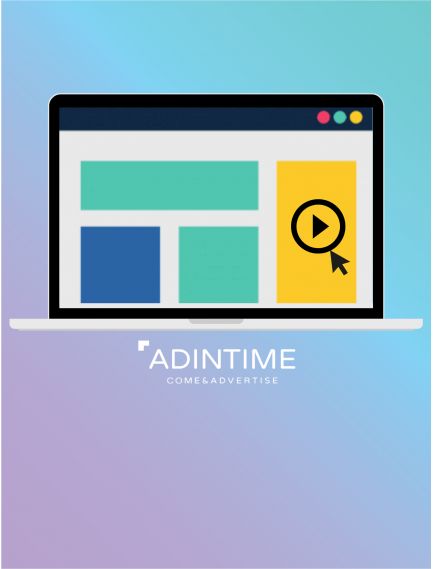In 2023, a new advertising trend emerged: FOOH, or Fake Out-Of-Home. These are computer-generated (CGI) outdoor ads that simulate impressive real-world installations. Often, they take the form of ultra-realistic videos featuring landmarks such as the Eiffel Tower, Big Ben, etc., shared mainly on social media. By 2024 and 2025, FOOH had established itself as an essential format, adopted by brands from a wide range of industries (fashion, beauty, entertainment, technology) to generate major online buzz.
This convergence of creativity and technology is redefining our perception of reality, blurring the line between authenticity and digital creation, and raising questions around ethics.
Article Summary: What is FOOH?
- Benefits and Key Features of FOOH
- Ethical and Practical Challenges of FOOH
- Future Outlook
- Notable FOOH Campaign Examples
1. Benefits and Key Features of FOOH
- Creativity and Innovation
The main advantage of FOOH lies in its creativity. Digital tools open the door to limitless creative possibilities. By leveraging technology, it is now possible to create captivating and extraordinary ads. This artistic flexibility allows advertisers to explore concepts that were previously impossible. FOOH also has a strong ability to grab attention, often generating audience interaction and reactions, especially on social media.
- Cost Efficiency
Naturally, digital advertising often means reduced production costs. FOOH offers an affordable solution for advertisers seeking to make an impact while minimizing campaign expenses. It also allows for greater reach, engaging audiences beyond the geographic limits of traditional billboards. This makes FOOH a cost-effective and attractive option for brands wanting significant advertising impact while controlling budgets.
2. Ethical and Practical Challenges
When it comes to virtual creativity, the question of ethics—especially transparency—becomes crucial. This balance between creativity and illusion is a sensitive point for consumers. Brands running FOOH campaigns must strike the right balance between the illusion of the ad and the reality of the product, service, or event being promoted. Creativity must not compromise transparency.
Ethical responsibility also requires brands to be transparent about the fictional nature of their FOOH ads. This is essential to maintain consumer trust and avoid any perception of deception. In short, FOOH should captivate without misleading.
This challenge is particularly complex to manage because FOOH, by combining augmented reality with digital imagery, offers unlimited creative possibilities, but its realism can mislead audiences and fuel distrust toward media and advertising.
FOOH is therefore not universally embraced. Many consumers appreciate the creativity and are impressed by the innovation, while others express skepticism and concern over such manipulation of reality.
3. Future Outlook
- The Evolution of FOOH
It goes without saying that the future of advertising points toward innovation, with artificial intelligence and augmented reality offering increasingly immersive experiences.
In the near future, FOOH could become even more interactive and dynamic, blending artificial elements with real environments. Artificial intelligence could play a bigger role in tailoring content to consumers’ preferences and behaviors.
As technology becomes more accessible and production costs decrease, FOOH is likely to become a standardized tool in the marketing mix, especially for campaigns seeking strong visual and emotional impact.
- Considerations for Brands:
If you are an advertiser considering a FOOH campaign, here are some tips:
→ Be clear in your ads: your FOOH campaigns should be clearly identified as such. Your audience must be informed about their fictional nature to avoid confusion or perceived deception.
→ Use proper labeling: apply tags or captions to indicate the content is computer-generated or fictional.
→ Be mindful of the sociocultural impact: as with any campaign, avoid stereotypes, offensive portrayals, or content likely to provoke negative reactions. Above all, stay aligned with your brand values.
→ Consider using FOOH for CSR commitments: you could leverage FOOH for social or environmental causes, enhancing your brand’s social and ecological engagement. CSR initiatives are increasingly valued by consumers—don’t miss the opportunity to strengthen your brand image.
>>> Discover all the advertising trends for 2024 here.
→ Be creative: FOOH offers limitless possibilities, so take advantage of the format to create unique and captivating experiences—while remaining rooted in reality and responsibility.
→ Monitor your campaign closely: measure the effectiveness of your FOOH campaigns in terms of engagement, audience reactions, and brand perception. Pay close attention to consumer feedback and adjust your strategies accordingly. Feedback can provide valuable insights for future campaigns.
4. Notable FOOH Campaign Examples
To wrap up, here are some of the most noteworthy FOOH ads from recent months.




 Top 30 best ads musics
Top 30 best ads musics
 The influence of advertising on purchasing behavior
The influence of advertising on purchasing behavior
 Top of the most listened podcasts in France
Top of the most listened podcasts in France
 Top 30 best ads 2021 in France
Top 30 best ads 2021 in France
 This Year Marketing Calendar
This Year Marketing Calendar
 OOH Advertising: My honest review
OOH Advertising: My honest review
 Facebook Ads Library: The ultimate guide to winning campaigns
Facebook Ads Library: The ultimate guide to winning campaigns
 How to prepare your advertising campaigns for Christmas?
How to prepare your advertising campaigns for Christmas?
 The top 20 ad films of the year
The top 20 ad films of the year
 Example of a unique selling proposition
Example of a unique selling proposition
